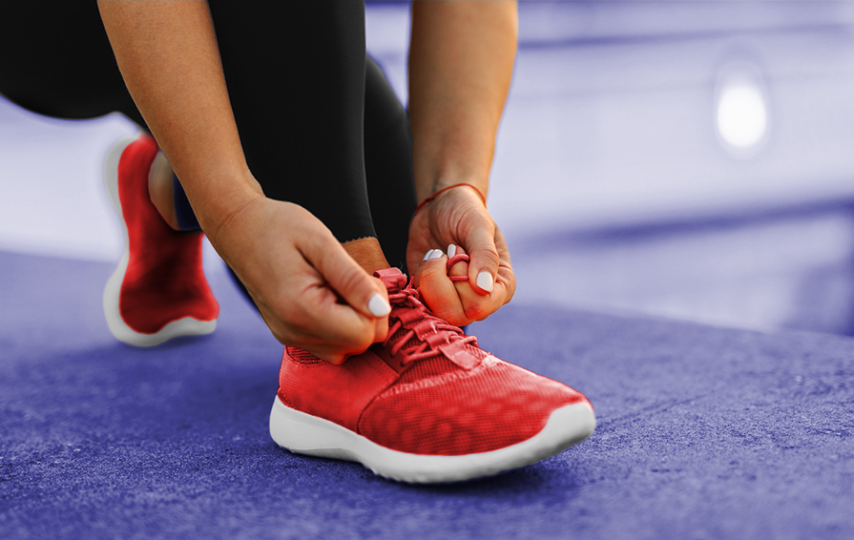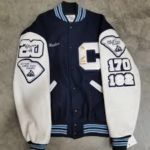Sports apparel is a utility dress, which supports physical execution and facilitates body developments, as it upgrades comfort while taking part in wellness and sports exercises.
Rachel Sharp says, an analyst at business intelligence specialist Key Note. “The female activewear market has long been neglected by the sportswear industry, which focused on the male consumer. However, now sales of sports clothing and footwear to women are outpacing men’s goods.” Sportswear manufacturers changed that approach noticeably in the last decade.
One of the key elements impacting the development of women’s sports clothing market is the dynamic style trends. Shoppers are consistently anxious to get a handle on the forthcoming trend and exhibit their chic way of life to other people. This competition to adapt up to the changing style trend altogether impacts buyers to buy most popular trend plans, mainly worn by famous people, and then again additionally subtly influences to discard phased out trending apparels.
From the U.S. women’s National Team winning the World Cup to long term old Coco Gauff taking Venus Williams out of Wimbledon, women’s sports made them sparkle moments this year. The retail business needs to take part in it.
The women’ activewear market in 2018 was esteemed at $26.8 billion, as indicated by information from Euromonitor International, contrasted with $80.1 billion for the total sports market. That is driven the significant athletic apparel players to move more clarity of mind to the women’s market, which is similar and speaks to a more prominent development opportunity. The activewear market grew significantly faster than the overall clothing production market.
Sports apparel became more robust and more adaptable, taking into account better versatility. Synthetic stretch fabric and nylon empowered active apparel producers and designers to knit pullover dresses and sports beat that had exceptional comfort and performance.
The generational, cultural, and social movements toward less conventional design styles in the course of the most recent couple of many years, in the end, prompted giving more consideration to creative sports apparel. Baggy cotton sweatshirts and weave leg warmers of earlier years ended up replaced by performance fabric.
From moisture-wicking fabrics to pressure apparel, active apparel of today is progressively striving to keep up the harmony between style, performance, and usefulness.
Broad and unique focal points offered by sports apparel, for example, breathability, quick-drying, static resistance, thermal resistance, and chemical resistance significantly drive the development of the worldwide women’s sports clothing market. Moreover, majorly growth in health awareness among buyers and increment in sports and fitness eagerness among female customers support the interest of women’s sports apparel.
Additionally, a rise in investment of female purchasers in sports exercises fills the deals of sports apparel, which decidedly impacts market development. For example, increment in the investment of female purchasers in strolling for fitness leads to a surge in sales of sports shoes and sports clothing shorts and shirts. Besides, a comprehensive methodology of female buyers toward athleisure wear emphatically impacts the development of the general market. Moreover, the increase in fitness and sports awareness among young age and upsurge in extra cost are the parts of the striking elements that help the market development. Be that as it may, the volatile cost of raw materials and high cost of designing result bring about the extreme expense of the result, accordingly declining deals of sports clothing among value touchy customers.
The leading three athletic apparel brands — Nike, Adidas and Under Armor — were likewise the best three men’s sports clothing brands in 2018, as per The NPD Group, however, the top women’s sports apparel brands show an alternate picture.
Nike keeps up its best position in women’s sports clothing, followed individually by Lululemon, Victoria’s Secret, Under Armor, Adidas, Athleta, Victoria’s Secret’s Pink and Old Navy. Lululemon became quicker than Nike in the U.S. ladies’ market in 2018, and if the current direction holds, NPD predicts Lululemon will outperform Nike as the top women’s brand, however, it’s unclear when.
A hybrid of business, easy-going and athletic apparel, athleisure is something other than a prevailing fashion. Inferable from its strength and different properties, for example, wrinkle-and smell opposition incorporated into its tech-imbued fibres, athleisure is turning into the high design decision.
Presently, there’s an entire industry of design meets-work brands, which are offering ladies’ active apparel as-sports apparel over a broad scope of sports and styles. They are altering the whole way to deal with style, sports and to be sure, the manners in which women live. This extends well beyond the typically seen as women niches of special underwear and bra manufacturing that often were in the focus before for women’s sport clothing.
Women’s sports clothing has seen boundless appropriation among buyers, as they are easy-going and suitable attire reasonable for purposes other than gym or practice/fitness meetings, for example, grinding away shopping, and others. Increment in trends of sports clothing as ordinary or design wear supports makers to extend their item contributions in different classes, including top, base, outerwear, innerwear and swimwear, and others.
Yoga jeans and tights are the leader clothes of the athleisure pattern. The leading five brands for yoga pants and tights are Victoria’s Secret, Aeropostale, ALO, Forever 21, and Electric. A portion of the critical brands cooking the excellent value range in the fragment is The Upside, Beyond Yoga, lululemon, ALO, and Electric.


